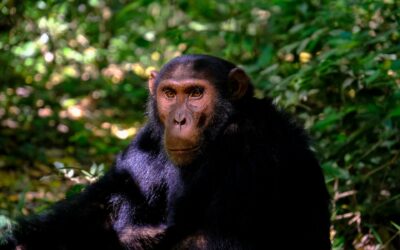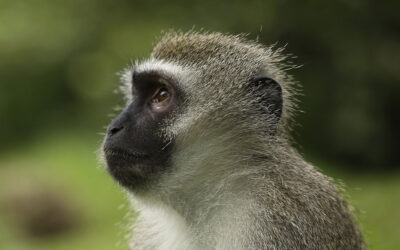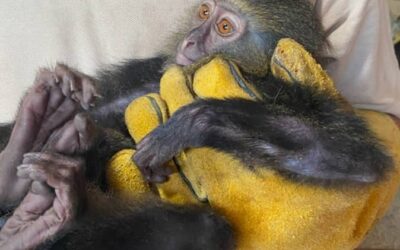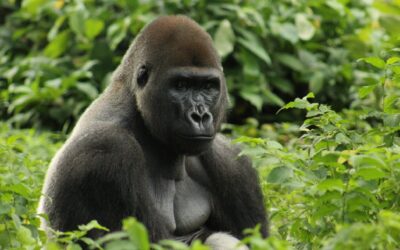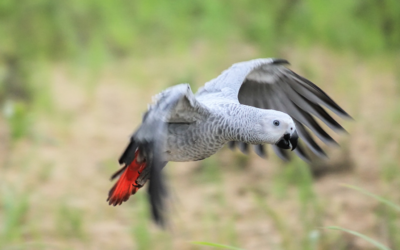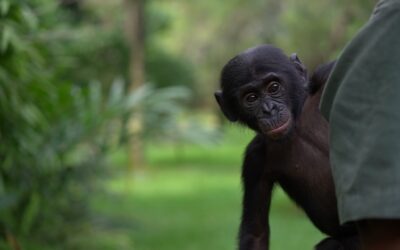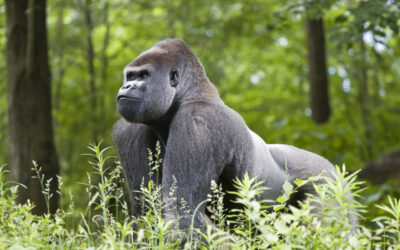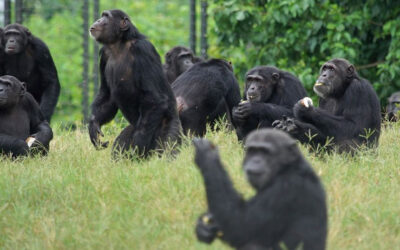Protecting Primates in the Democratic Republic of Congo
By Natasha Tworoski
The Democratic Republic of Congo is home to three PASA sanctuaries: Lola ya Bonobo, JACK (Jeunes Animaux Confisques au Katanga) and the Centre de Rehabilitation des Primates de Lwiro (CRPL).
Lola ya Bonobo is the world’s only orphaned bonobo sanctuary and was formed in 1994 when violence was just on the brink of starting again in the DRC. Founder Claudine Andre took on the presumed impossible task of raising infant bonobos, a task that had never been successfully achieved before, and did it while literally dodging bullets. The sanctuary now is home to 75 bonobos and has successfully returned a group to the wild. They will be releasing a second community of bonobos back to the wild within the year. Bonobos are an ape species found only in the DRC.
JACK is a chimpanzee sanctuary located in Lumbumbashi in the southeastern region of DRC. Started in 2006, they have rescued 45 confiscated chimpanzees. 40% of surviving chimpanzees, an endangered species, occur in the DRC and both the bushmeat trade and the pet trade are a constant threat. Focusing efforts on poaching has to be worth it for a country with so many other problems. Additionally, law enforcement must have an establishment with experienced caretakers in order for these animals to have a chance. JACK has provided just this for chimpanzees.

An orphaned bonobo at Lola ya Bonobo
The Centre de Rehabilitation des Primates de Lwiro is a primate sanctuary created in 2002, during the final years of Africa’s World War when poaching was skyrocketing. CRPL gives a second chance to chimpanzees, 11 species of monkeys, parrots, turtles, hyrax and porcupine. All are victims of poaching and the pet trade. With an impressive education program, they reach over 3,000 people per year and are developing a reintroduction program in order return animals to the wild.
In many African countries, it is considered taboo to eat great apes, so traps set are actually directed towards smaller species. While traps such as these (e.g. snare traps) still pose a great threat to apes as well, DRC is unique in that local beliefs and witchcraft believe consuming certain parts of great apes are medicinally beneficial and so they are directly hunted. Add to this the ever growing demand for baby apes and the future appears uncertain. Incredibly, three PASA sanctuaries are defying the odds by not only rescuing orphaned apes, but also educating the public and working with local law enforcement to protect the beauty and diversity found in this incredible place. Now more than ever, they need our support. Please consider donating to these heroes for wildlife.
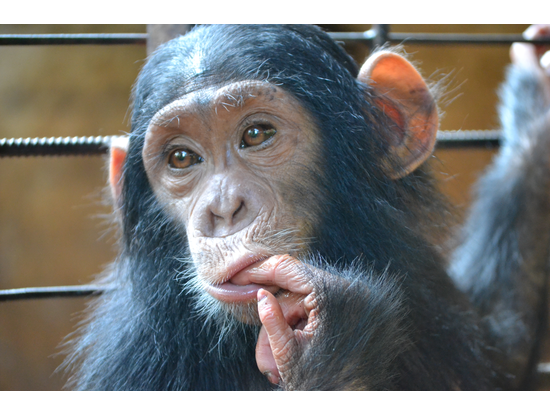
A young chimpanzee who was rescued by Lwiro
Next Posts
5 Summer Activities to Foster Conservation Education with Young Children
Here are 5 fun and educational activities that promote conservation awareness and environmental responsibility.
PASA and the QATO Foundation Partner to Protect Chimpanzees in DRC
PASA and its member J.A.C.K. Sanctuary partner with the QATO Foundation to create a bold new island sanctuary for up to 120 rescued chimpanzees in the DRC.
Trophy Hunting Myths Debunked
NGOs tackle misinformation about trophy hunting spread by the hunting lobby.
Largest Seizure of Monkeys in Africa Welcomed to J.A.C.K. Sanctuary in the Democratic Republic of Congo
Trafficking of African primates from Africa to Asia was thwarted with confiscated animals repatriated and sent to an accredited PASA member sanctuary.
5 Ways to Help Save Gorillas
Anyone can have an impact on gorilla conservation through simple actions.
Celebrate World Parrot Day with PASA!
This World Parrot Day, we are celebrating four of our amazing member sanctuaries that offer a second chance to rescued parrots!
What is an Endangered Species?
This article explains what it means to be “endangered” and explores how human activities can threaten species. It also highlights how Pan African Sanctuary Alliance (PASA) member centers rescue, rehabilitate, and conserve endangered primates and their habitats.
Celebrate 23 Years of PASA in 2023
PASA turns 23! It’s 2023 and we’re asking you to help us celebrate our 23 member sanctuaries and our 23 years of protecting primates. To mark this day, we are launching our Primates Forever Campaign to ensure magnificent great apes and monkeys remain wild and protected.
Viruses in Sanctuary Chimpanzees Across Africa
New research finds that sanctuary chimpanzees are infected with viruses previously found in wild chimpanzees. Additionally, it suggests that, like in the wild, sanctuaries experience reverse zoonotic respiratory virus transmission.
Women in Conservation: Two Wildlife Heroes in West Africa
This International Women’s Day, celebrate the dedication and achievements of two women working to protect wildlife and inspire the next generation in West Africa.


